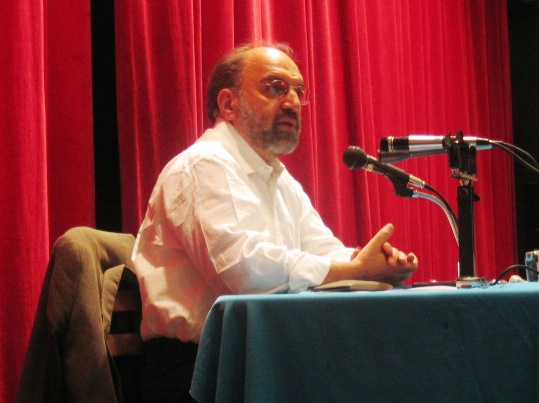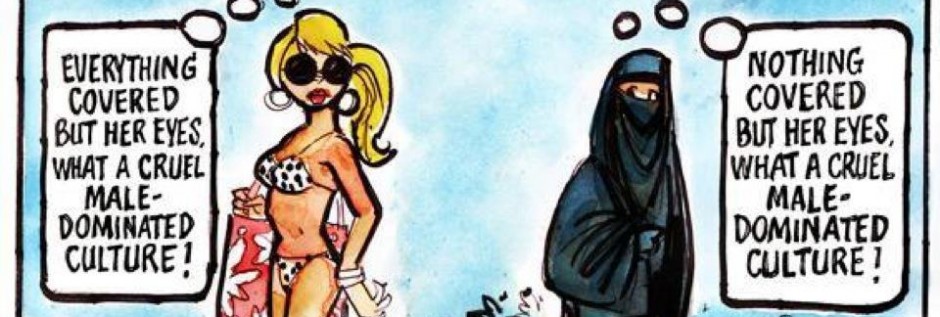Towards the beginning of the semester, I was tasked with developing an investigatory question concerning Iran that I would pursue throughout the course of the semester. Unfortunately, the only thing that I felt I reliably knew about Iran was that it used to be called Persia. This, additionally, had been a recent revelation discovered only through readings in this very class. So, I proposed to investigate the shift in nomenclature from Persia to Iran.
My investigations quickly led me to the 1935 request of Reza Shah to have his nation called its native name, Iran, rather than the name imposed on it by ancient Greece, Persia. Additionally, it seemed that Persia is again an acceptable referent for the nation. Despite my relatively quick success, I felt unsatisfied. Though I had found a single historic moment that can be pointed at to explain ‘why we call it Iran,’ I was unsatisfied. Why had Reza Shah requested such a name change? Was the claim that this is its native name historically accurate, or was it fabricated in the relatively recent past?
So my investigations continued. Eventually, I tracked down several Iranian scholars noted for their conception/presentation of the Iranian identity: Abdolkarim Soroush, Hamid Algar, Marjane Satrapi, and Mohamad Tavakoli-Targhi. After reading these four scholars, I no longer was concerned with the shift in nomenclature from Persia to Iran, especially considering some of the comments about Persia currently being an applicable referent. My interest turned to the relationship between the obviously different perspectives of the authors and Soroush’s proposition of three cultural identities operative in Iran at the beginning of the 21st century. The latter three authors fit into Soroush’s categories of operative cultures, demonstrating the similarities and differences between the three.

Soroush, in his element lecturing at Sharif University, attempts to identify the cultural identities operative in Iran in the post-revolution era.
Islamic, European, and Persian(a.k.a. nationalistic) cultures have been identified as being operative in Iran at the turn of the millennium. Hamid Algar presents a history of the ulama, or Islamic elite of Iran (among other things pertinent to Islam, but less so to my question of relations of identity), focusing on historically significant leaders thereof. His depiction of the influence of Ali Shari’ati and Ayatollah Khomeini in the shaping of modern Iran preferences the perspective and dominance of the Islamic culture operative in Iran during their times.
In open opposition to the Islamic dominance in Iran, Marjane Satrapi expresses the influence of European culture on the creation of her identity through her graphic novel series and animated film Persepolis. Through this autobiography of Satrapi, we learn that she grew up going to the French school, speaking French, listening to British Heavy Metal, and eventually living in Italy. In a 2006 interview by Robert Root about the autobiographical nature of the story, Satrapi’s constantly refers to European though, ultimately expressed by: “You know, in the history of the human being there was one time when human beings were really intelligent. That was in ancient Greece”(Root 153). This resounding statement of the superiority of European cultural ways demonstrates how it has become engrained as a feature of some Iranians’ identities.
Mohamad Tavakoli-Targhi resorts to Persian roots rather than Islamic or European influences. He argues in several pieces that pre-Islamic Persian culture is still operative in modern Iran. His claim that Orientalism “develop[ed] into a style of thought based upon an ontological and epistemological distinction between ‘the Orient’ and (most of the time) ‘the Occident’”(Orientalism’s Genesis Amnesia 20), argues that the European construct of Orientalism, in its totalitarian appropriation, crafted the idea of ‘The Orient’ as a single ontological entity. This reduction of diverse populations eventually worked to shape conceptions of that population in both the minds of the progenitors of the construct as well as some those it seeks to define.
Despite the simplistic European depiction of countries such as Iran, Tavakoli-Targhi believes that the ancient Persian culture still creates real change, noting that “Arabic words were purged, ‘authentic’ Persian terms forged, and neologism and lexicography were constituted as endeavors for ‘national reawakening’”(Refashioning Iran 77). That Persian concepts are still operative demonstrates that European constructs of thought do not have a complete foothold in Iran. Similar to his critique of William James as being a cultural plagiarist (Orientalism’s Genesis Amnesia 23), Tavakoli-Targhi points out that Persian culture has always been operative, and only European influence and misunderstanding ever lead people to a different conclusion.
Through my investigations into the shift in nomenclature from Persia to Iran, I have come to find that, while the words refer to the same general parcel of land, along with the people and cultures thriving thereon, there truly is a difference between them. Iran seems to represent the polity and the idea constructed by ‘Western’ media (Satrapi 152), while Persia represents the culture indigenous to the geographic area (Orientalism’s Genesis Amnesia). Additionally, I’ve come to find increasing diversity of factors influencing the construction of an Iranian identity, in varying degrees, at varying times. European influence has had a real affect in the area, but not to the extent that it believes it has, as even Satrapi could be a result of more Persian influences than European ones.
Legal Stuff
Cambridge History of Iran [notably volume 7]
Hamid Algar, “Islam as Ideology: the thought of Ali Shari`ati,” pp. 85-117.
Hamid Algar, “Iran and Shi`ism,” in Roots of the Islamic Revolution in Iran, four lectures by Hamid Algar (Oneonta, NY: Islamic Publications International, 2001 [rev.ed.]), 13‐46.
Tavakoli-Targhi, Mohamad. “Refashioning Iran: Language and Culture During the Constitutional Revolution,”Iranian Studies 23:1-4 (1992), 77-101. (accessed on JStor)
Tavakoli-Targhi, Mohamad. “Orientalism’s Genesis Amnesia.” http://mtavakoli.com/books/RefashioningIran-Chapter2-Orientalism’sGenisisAmnesia.pdf
Soroush, excerpts from Reason, Freedom, and Democracy in Islam: Essential Writings of Abdolkarim Soroush, trans. Mahmoud Sadri and Ahmad Sadri (OUP: 2000).
Image: {{Information |Description= AbdolKarim Soroush lecturing in Sharif University |Source= |Date= October, 2006 |Author= Hessam M.Armandehi |Permission= Dual License, CC-by-sa, GFDL |other_versions= }}
